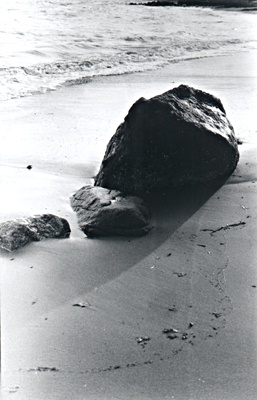All Nonfiction
- Bullying
- Books
- Academic
- Author Interviews
- Celebrity interviews
- College Articles
- College Essays
- Educator of the Year
- Heroes
- Interviews
- Memoir
- Personal Experience
- Sports
- Travel & Culture
All Opinions
- Bullying
- Current Events / Politics
- Discrimination
- Drugs / Alcohol / Smoking
- Entertainment / Celebrities
- Environment
- Love / Relationships
- Movies / Music / TV
- Pop Culture / Trends
- School / College
- Social Issues / Civics
- Spirituality / Religion
- Sports / Hobbies
All Hot Topics
- Bullying
- Community Service
- Environment
- Health
- Letters to the Editor
- Pride & Prejudice
- What Matters
- Back
Summer Guide
- Program Links
- Program Reviews
- Back
College Guide
- College Links
- College Reviews
- College Essays
- College Articles
- Back
Unity and the Ipu MAG
Boom, tap, boom-tap-tap! A wooden gourd begins. Boom, tap, boom-tap-tap echoes through the air, creating a repetitive rhythm. This wooden gourd, known as the ipu, brings a sound like no other. Not only does it produce a harmonic beat, but it unites the past and present with its traditional Hawaiian sound.
On March 13, 1998, Kumu Robert Cazimero – one of the most respected hula instructors in Hawaii – came to a boy’s hula class and plopped himself on the floor. He placed his mat for the ipu gently. He began to play. Boom, tap, boom-tap-tap. The boy and his classmates looked at each other, awed by the sound of the wooden gourd. The past began to come alive vibrantly through the boom-tap of the ipu. Boom, tap, boom-tap-tap, the sound of the ipu continued. The chanting of songs swelled with the beat of the ipu, bringing about old folk stories of the Hawaiian gods and goddesses. Describing their beauty, strength, and history, the intense chants filled the atmosphere, creating a vibe like no other. Art was being created – the art of hula. The dancing of hula began in sync with the chanting. The movement of hands, feet, and mouths filled the room with joy. The class began to smile as all the actions came together to the beat of the ipu. It brought a revolution like no other; it brought a new sound to the Hawaiian culture. A new story was now on its way to the present.
My hula teacher, Kumu Lanakila, was that boy. Today, he sits on the hard wooden floor in front of me. He places the mat for the ipu gently, like a baby being placed in its crib. Boom boom, begins the initial beat. The sound reaches back through generations of our hula genealogy. From the past of Robert Cazimero to the present of Kumu Lanakila, a unity is created through the sound this gourd makes. The movement of the traditional hula collaborates with the beat of the ipu. Moving feet and the wavelike motion of hands match the pulse of the ipu. Smiles form on our faces.
As the beat plays, our hula class moves as one. The past and present mix through the beat of the ipu. Chanting begins – songs of the Hawaiian goddesses and gods being called from the past. Boom, tap, boom-tap-tap is on repeat like a never-ending knock on the door. It creates a wonderful symphony of traditions and history and a new story of Hawaiian culture.
When the dance sadly comes to an end, the ipu’s sound stops all at once. The dancers’ joyous faces become serious. The wavelike motion of hands and movement of feet freeze. The ipu is placed gently on the mat. In the silence, we remember that joyous day when the first ipu made its sound. Its history and its place in our present story unites all people and their common love for the Hawaiian culture.

Similar Articles
JOIN THE DISCUSSION
This article has 0 comments.
